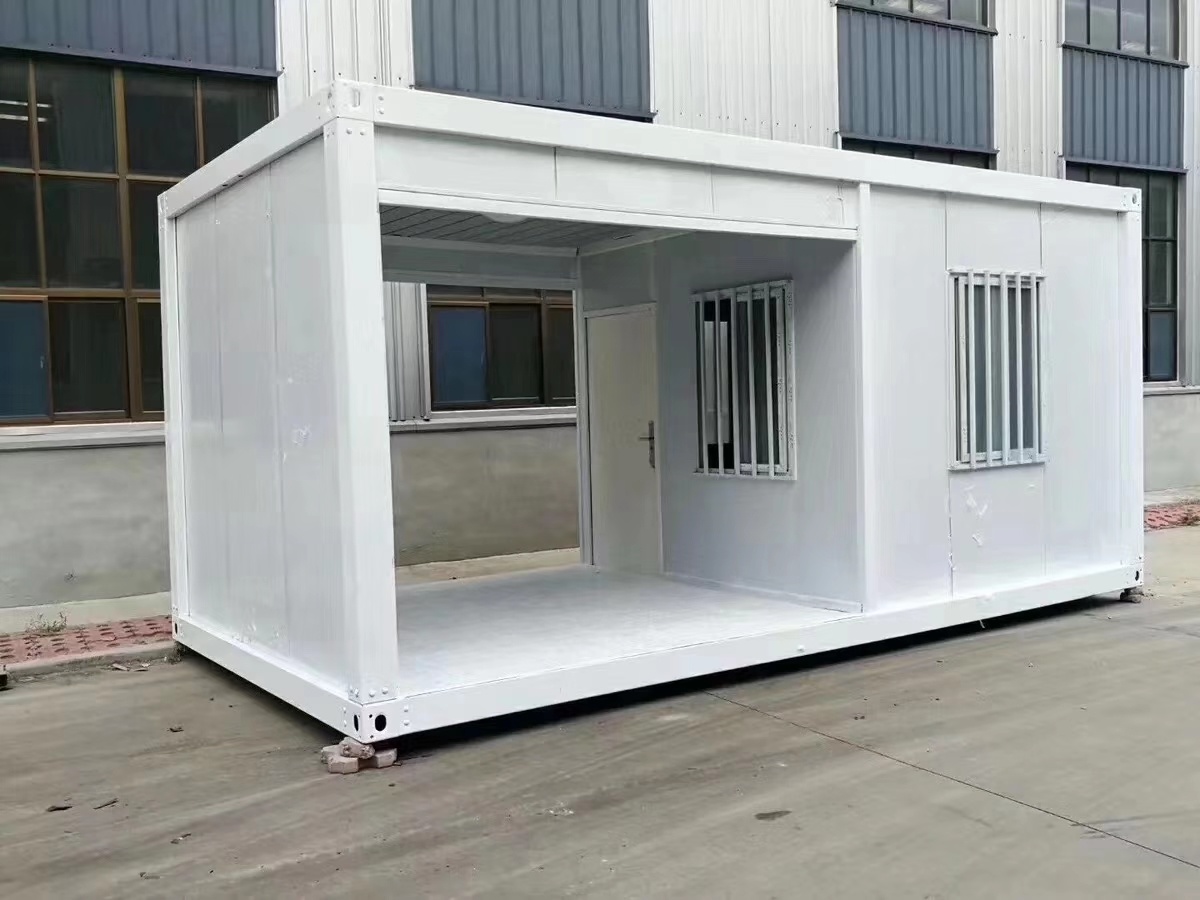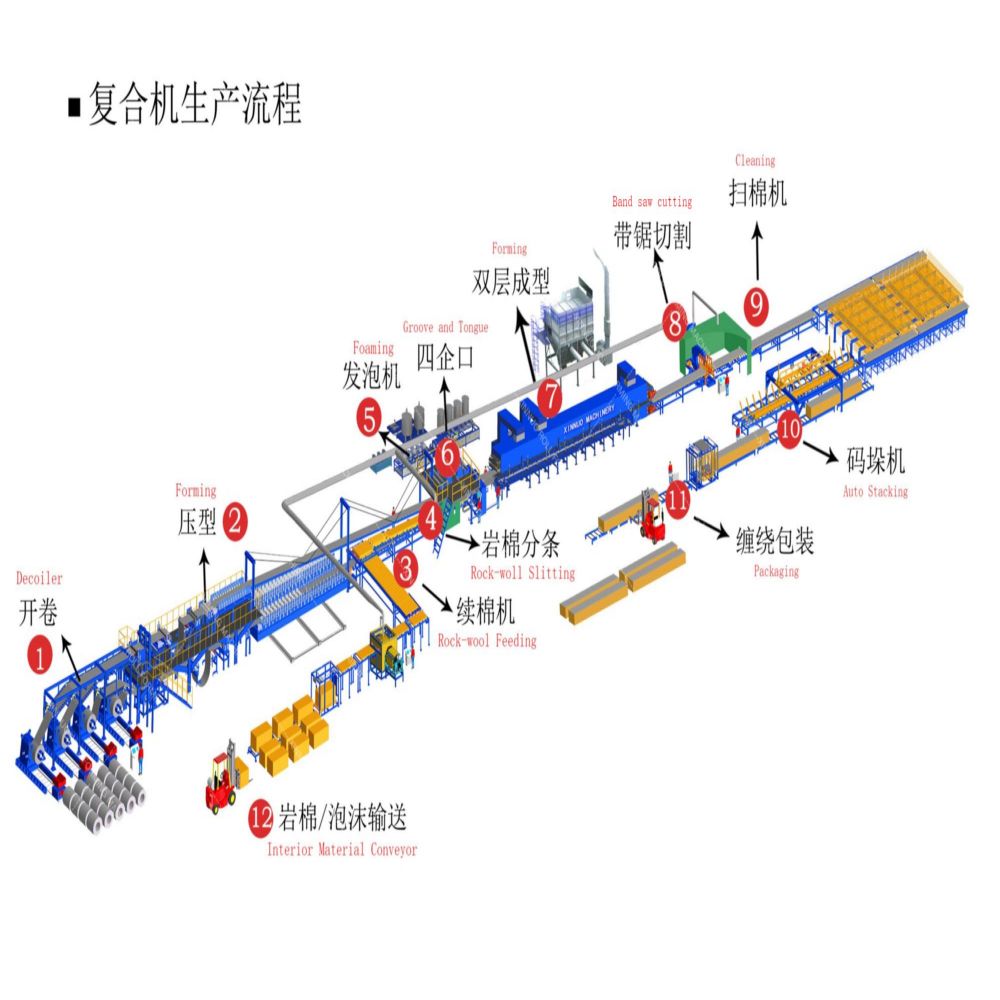Analysts downgraded their first-quarter earnings estimates by a larger-than-average margin as the bank liquidity crunch fueled fears of a looming recession.
The Q1 EPS ascending estimate — the sum of the median forecast for each company in the S&P 500 — fell 6.3% to $50.75. Analysts have downgraded their quarterly earnings estimates by an average of 2.8% over the past five years and by an average of 3.8% over the past 20 years. Nearly 75% of S&P 500 companies’ first-quarter earnings forecasts were negative.
This phenomenon doesn’t just apply to S&P 500 companies. Analysts also downgraded expectations for the MSCI US and MSCI ACWI over the same period. Similarly, analysts also cut their EPS forecasts for S&P 500 companies by 3.8% for all of 2023, more than the 5, 10, 15 and 20 year averages.
The sudden closure of Signature Bank and Silicon Valley Bank has sparked widespread liquidity concerns, along with inflation and potential recession risks. The general pessimism about the earnings outlook could also be related to the expected weak performance in the materials, healthcare, information technology and communications sectors.
Analysts lowered their forecasts for 79% of materials sector stocks, expecting a 36% drop in earnings for the industry. Semiconductor industry profits are expected to decline by 43% year-over-year. However, stocks in both sectors edged higher for the quarter, with materials up 2.1% and PHLX semiconductors up 27%, driven by enthusiasm for AI spending.
One impact of the change in EPS forecast was a change in the S&P 500′s 12-month forward price-to-earnings ratio, which rose to 17.8 from 16.7 in the first quarter. The rise in the index coincided with a drop in earnings-per-share estimates. In the 10 years prior to COVID-19, the P/E ratio for the index averaged 15.5.
Post time: Apr-05-2023









